Magalies Barbus Haven
One of the best places to fish in Magaliesburg, close to Johannesburg and Pretoria, it's much closer than you think.
Magalies Barbus Haven is named after the indigenous large scale yellow fish (Labeo Barbus Marquensis) which is found in the Magalies River. MBH was started as a small stream venue for advanced fly fishers, but it has expanded to also offer fly fishing for novices in our small dam for trout, bass and vlei kurper. We believe in promoting the sport of fly fishing and offer Introductory clinics and guidance for adults/children that want to learn the basics. In addition to this, we support catch and release. (Currently not stocked with trout and only available by advance booking)
Magalies River Conservancy
We are the founding member of the Magalies River Conservancy.
The major objectives defined in the Conservancy rules are:
• Preservation, Protection and increase of (threatened) indigenous yellow fish species in the river system.
• Improving water quality in the river and anti-erosion measures on river banks and catchment areas.
• Conservation of mammals and insects.
• Eradication of exotic plants and trees, resulting in encouraging indigenous birds to the area.
Environment
The area is endemic to a multitude of ferns, Cycads, wild flowers and indigenous trees. Please be considerate when walking on trails and along river banks not to damage the local flora. We would appreciate your assistance in preserving the pristine condition of this environment by picking up any litter that you may find.
Birding
The area consists of riverine forest, wooded gulleys bordered by hilly grassland/savannah. This habitat is home to an extensive variety of bird species (Bird checklist provided). We welcome the inclusion of any species which you may identify which we have not included.
Fly-fishing
The dam has trout (stocked), bass, vlei kurper and carp. Fly fishers seeking a unique challenge visit our establishment in search of the large & small scale Yellow fish. Not only are these two of the species which make up part of the 9×9 fly fishing challenge, but they are a enviable quarry found in a small river system which provides challenging and exciting fishing for quality fly-fishers.
Our fishing controls require the following:
• Strictly fly-fishing
• Maximum of ten rods on the dam and four rods on the river sections
• Only catch and release
• Barbless Hooks
• Soft mesh landing nets
• Wetting hands before handling fish
• Submission of catch reports for research
Small Stream tactics
This style of fly fishing requires skills and tactics which differ to used in still water venues. Due to the river environment techniques are restricted to the following casting techniques:
• Roll-cast
• Bow and arrow casts
• Normal flyfishing casts should be kept short and restricted to one false cast before presentation of the fly.
The main technique once the presentation of the fly has been made is UPSTREAM NYMPHING, utilizing the DEAD DRIFT technique. The fly which imitates the fly food source needs to move naturally in the current in order to convince the fish.
Vouchers
On arrival an official fishing reference number and Permit number will be allocated to you once you have signed the guest book. Please keep this voucher close to your person while fishing as routine checks require the fishing permit to be presented. We appreciate your co-operation as this is a major form of limiting and controlling poaching and illegal access.
Fly fishing guiding, tuition and Team Building
The 2.5 hr Introductory fly fishing clinics cover the basic techniques required to fly fish effectively. Because of the specialized nature of the fly-fishing on the Magalies River (small stream techniques) we offer a Private small stream guided clinic for guests that ensures that they expand their knowledge as well as increasing the enjoyment of their fishing experience. This includes access to a private river section.For corporates we offer fly fishing team building activities which compliments the actual physical fishing.
Large & small scale yellow fish
Over the various seasons the majority of the food remains similar but there are certain types that are are completely different especially during summer and winter months. We recommend that the size of the flies ranges between #16 and # 22 due to the size of the insects in the river not being very large (Small river system does not sustain large population of big insects, but rather a large population of smaller insects.
All year round
• San Juan worm (Red and Chartreuse)
• Beaded Red Brassie
• Pheasant tail nymph
• Flash back Nymph (Dun and olive)
• Hot spot Nymph
• Beaded Charteuse Caddis
Summer and Spring (Warmer months) September – March
• Yellow berry imitation
• Mulberry imitation
• Orange nymph
• Dragonfly Nymph and Emerger
• Damselfly Nymph and Emerger
• DDD
• Royal Wulff
Winter
• Green Caddis
• Green Algae imitation
Trout and bass
• Imitative patters above
• Woolly buggers (Black/blue crystal flash or Olive)
• Mrs Simpson
• Zonker
River Flow rate
The flow does not fluctuate significantly between summer and winter. The main cause of the river flow increase is rainfall (only affecting the flow for up to 24 hours after the rain has stopped) and decrease in the river flow caused by agricultural concerns drawing water.
Water Temperature
As the river is spring fed, the temperature of the water stays very constant throughout the year. The main exception where the temperature may decrease is after rainfall. This is a real asset for the flyfisherman targeting yellow fish as the fish are not affected by large water temperature fluctuations that would normally occur on larger water systems.
Recommended flies
It is important that fly fishers adapt to the river the flies to the type of food sources that the fish are feeding on in.
The Flies that work at Magalies Barbus Haven, the insects they imitate and how to fish them.
Caddis Larva: – As it’s name implies this fly imitates the larva stage in the life cycle of the Caddis. They live under rocks and in vegetation, often in the faster sections of streams where they are relatively safe from fish. From time to time these insects lose their grip and get washed downstream. They are not good swimmers and it is while they are helplessly tumbling in the current that they are vulnerable to fish predation.
How to fish the Caddis Larva: – The fly should be fished free drifting in the current to imitate the natural. Care should be taken to avoid line drag and the “upstream dead drift” tactic works best for this.
Hot Spot Nymph: – This is a variation of the popular “Pheasant Tail Nymph” with the thorax tied using a bright green material to act as a super trigger to entice fish to strike. The fly imitates the nymph stage in the life cycle of the Mayfly. These insects are abundant in all streams and make up a substantial part of a fish’s diet. They live under rocks and in vegetation under water from where they are sometimes dislodged. It is while drifting in the current that they are vulnerable and available to feeding fish.
How to fish the Hot Spot Nymph: – The fly should be fished free drifting in the current to imitate the natural. Care should be taken to avoid line drag and the “upstream dead drift” tactic works best for this.
San Juan Worm: (EXCELLENT ALL YEAR) – The fly imitates the larva stage in the life cycle of the Midge also know as the (Non-biting mosquito). These insects are abundant and live in the fine sediment found in the slower moving sections of streams (pools) as well as in dams. Although they are poor swimmers they often migrate to the surface en masse and it is while doing this that they are vulnerable to fish predation.
How to fish the San Juan Worm: – The fly should be fished free drifting in the current to imitate the natural. Care should be taken to avoid line drag and the “upstream dead drift” tactic works best for this.
Gold Ribbed Hares Ear (GRHE): – The fly imitates the nymph stage in the life cycle of the Mayfly. These insects are abundant in all streams and make up a substantial part of a fish’s diet. Huge numbers live under rocks and in vegetation in the faster currents from where they are sometimes dislodged. It is while drifting in the current that they are vulnerable and available to feeding fish.
How to fish the Gold Ribbed Hares Ear: – The fly should be fished free drifting in the current to imitate the natural. Care should be taken to avoid line drag and the “upstream dead drift” tactic works best for this.
Griffiths Gnat: – The fly imitates clusters of hatching Midges also know as the (Non-biting mosquitoes). These insects are abundant and cluster together on the surface as they transform from the pupa to the adult stages. It is during this phase that their numbers attract and triggers fish into a feeding frenzy.
How to fish the Griffiths Gnat: – The fly can be fished free drifting on the surface to imitate the clusters of hatching insects in areas where surface feeding fish abound. Another deadly method is to cast the fly placing it in the feeding lane of a cruising fish. Care should be taken when doing this and a delicate presentation is critical for success. A very fine tippet (5x – 6x) may be necessary in clear water. (This detailed information on the Yellowfish flies, was kindly compiled by Turner Wilkinson)
<!-- Global site tag (gtag.js) - Google Analytics -->
<script async src="https://www.googletagmanager.com/gtag/js?id=UA-7232693-1"></script>
<script>
window.dataLayer = window.dataLayer || [];
function gtag(){dataLayer.push(arguments);}
gtag('js', new Date());
gtag('config', 'UA-7232693-1');
</script>





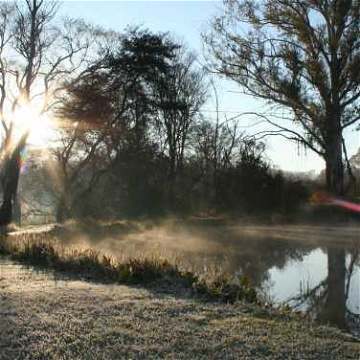

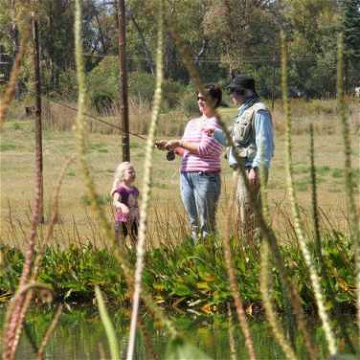
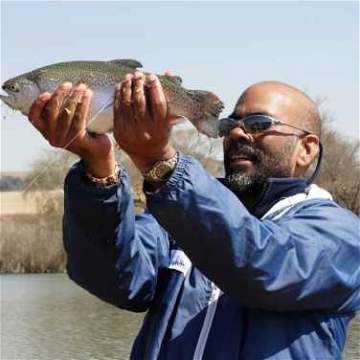
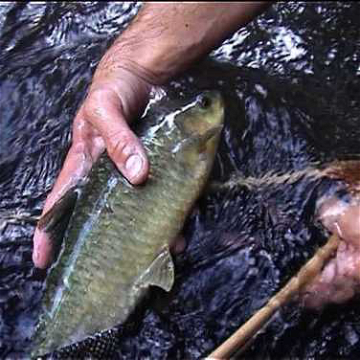


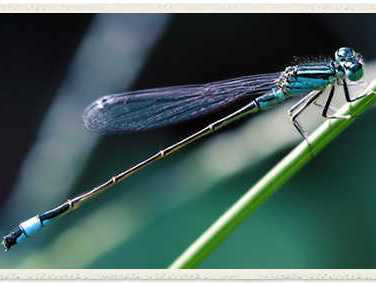
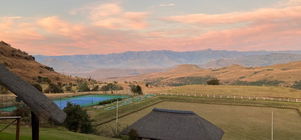
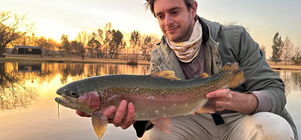
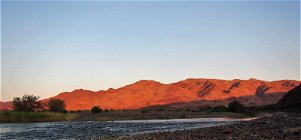
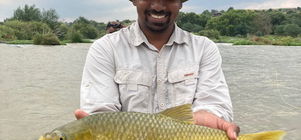



Share This Page